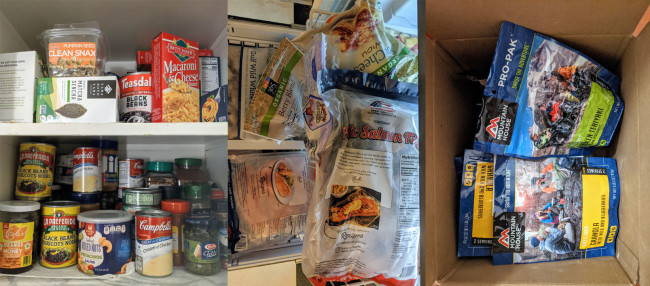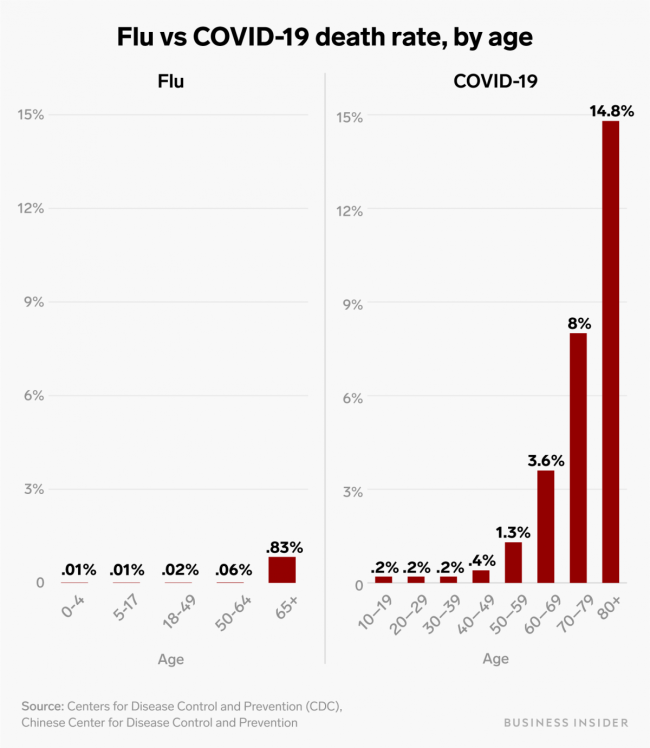Welcome
-
Recent Posts
Recent Comments
- Souvik patra on রুবিকস কিউব (পর্ব ৪) : রুবিকস কিউবের সমাধান
- Al amin on গণিত অলিম্পিয়াডের প্রস্তুতি: কিছু সাধারণ প্রশ্নের জবাব (FAQ): পর্ব ১
- Rakin sadab on গণিত অলিম্পিয়াডের প্রস্তুতি: কিছু সাধারণ প্রশ্নের জবাব (FAQ): পর্ব ১
- MD. Rakin sadab on ফিজিক্স অলিম্পিয়াডের প্রস্তুতি নিয়ে কিছু কথা: ইমরোজ খান (BUET, EEE)
- Riyan on ফিজিক্স অলিম্পিয়াডের প্রস্তুতি নিয়ে কিছু কথা: ইমরোজ খান (BUET, EEE)
Archives
Categories
-
Links
Monthly Archives: March 2020
Coronavirus: My Personal Thoughts and Preparation
[I am not an epidemiologist/expert. These are all from my personal research, interpretation, and general preparation]
Like everyone around, I have been following the Coronavirus outbreak very closely for the last month and half. In my observation there are two school of extreme opinions out there (well there is also mass ignorance and indifference in some cases, but I am talking about the educated, well informed crowd):

1) Why are we so worried about this when flu (or smoking or car accident–insert any large number of death event) kills so many people anyway
2) PANIC. WE NEED TO MOVE TO THE MOUNTAINS…
While panic is the wrong solution, so is indifference–we should try to gather all the information and look at the whole situation from the first principle. The best thing we can do is somehow reduce the growth rate of the virus so that a) we do not shock load our already frail healthcare system b) we buy time to get to a vaccine c) get to a point so that the so called growth factor of the disease growth plateaus out (an excellent video on this here).
Facts First
First let’s discuss the facts that we know from competent sources:
-
COVID-19 is way more fatal than normal flu and if you just looked at the history, the 1918 Spanish flu pandemic infected 27% of the world population and killed ~50 million (it killed 20M+ in India alone). The global movement rate at that time was a fraction of that of the present day. And if we look at the context from historical pandemics, it looks closer to the Spanish Flu than the general Flu or even Swine Flu.
Source: Boston Consulting Group Report
2. The death rate for older people/people with pre-existing conditions is much higher than that of the young crowd. Hence the young outgoing crowd can easily become the main spreading vector and infect the older population.
3. ANY healthcare system has its limitations and is not designed to support a high number of people being sick at the same time. An exponential growth of a pandemic unchecked can destroy a healthcare infrastructure by shock loading it.
4. Vaccine is at least a year away and if unchecked virus grows exponentially (in layman’s term–takes just weeks to 10x)
5. The virus primarily spreads from contact with infected people OR surfaces that contacted the infected person–the primary source is water droplets and not air.
Preparation
With all of these facts in mind, from the first principle, these are following steps I am personally taking (let me also acknowledge that I am incredibly privileged to be able to do a lot of these):
Source: John Hopkins Infographics (best ways to protect)
-
The most obvious ones: a) religiously wash hands before and after entering home and office, eating food b) use proper hand washing technique c) wipe phone, laptop, and keys with disinfectants d) wipe desks and other regularly used surfaces e) try to not touch eye, face (pretty bad at this) f) separate out outdoor clothes from indoor ones
-
Work from home: unless need to be in the office for some specific meetings/interviews, plan to work from home for the next few weeks
-
Reduce social contact–I have decided to stop going to parties and large gatherings (history shows that social distancing works).
-
I have stopped using public transportation and have been using the Lyft ebikes to commute to work (disinfect the bike handles)
-
Prepare for a shock in the supply chain/reduce my exposure to groceries: While shock in the supply chain is unlikely (even in Wuhan they had super markets open), Groceries are probably the worst place to be. So I have gotten dry food which would probably last me about a month. Nothing fancy–rice, lentil, beans, pasta, can of soup, frozen meat, fish etc.
-
Taking good nutrition, multivitamin supplement, proper rest, and drinking a lot of water.
-
Talk to older community and family members and try to find a safe solution for them

Source: My personal pantry stocks (dry food, frozen food, camping food)
The main benefit of this is that these efforts will be that we will not shock load the healthcare system and buy us time and hopefully this way we would be able to flatten out the growth curve and after reaching an inflection point.
Source: Exponential growth and epidemics
Context of Bangladesh:
Bangladesh has just announced 3 active cases of Cornavirus as of March 8, 2020. Being an extremely densely populated country with third world infrastructure makes it really scary, and some of my friends and family back home are justifiably afraid. We have already seen what the shock loading of infrastructure looks like–markets are already out of handwash and maps.
However, I think the same principle applies to Bangladesh. In addition, one saving grace (not fully scientifically tested, but highly likely) is that given high temperature and humidity of Bangladesh, Coronavirus will most likely survive outside of the host body for a very small time (minute-hours vs days for colder weather: John Hopkins University did an excellent study on this). However, given the high population density and general bad hygiene in the masses, it is still extremely dangerous–especially given bad air quality people are very prone to respiratory diseases. I am particularly worried about older friends and family members in Bangladesh.







 Welcome to my blog on education, mathematics, travel, photography, and random stuff. You can find my posts in Bangla and English separately:
Welcome to my blog on education, mathematics, travel, photography, and random stuff. You can find my posts in Bangla and English separately: